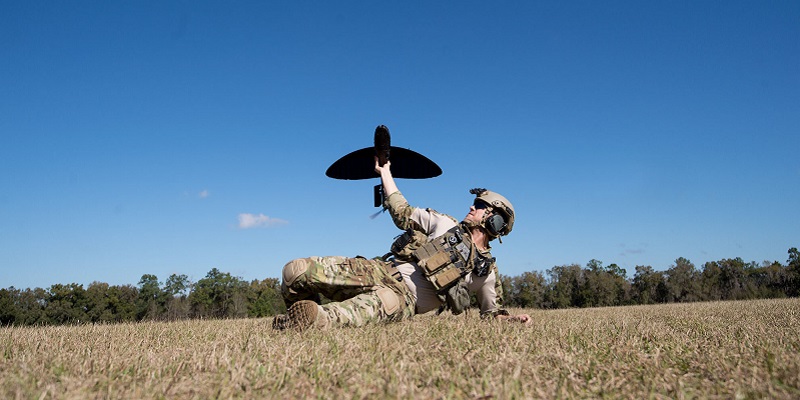
A Prioria drone, showing the bird-like profile. Image credit: Prioria Robotics
Drone manufacturer Prioria Robotics may have sold the Army a $240,000 drone that only works about as well as the ones that could be found at a hobby store.
Condor Aerial, a drone retailer that handled Prioria’s sales of their products to domestic law enforcement agencies, alleges that Prioria’s drones “had capabilities similar to UAVs that could have been purchased in hobby industry channels or on Amazon.com.”
That means that the Defense Logistics Agency may have been paying $240,000 per system for a done that might have been worth less than $5,000.
This discovery was part of a different initial conflict between Prioria and Condor Aerial. According to documents accessed by Motherboard, Prioria failed to ship a high-value Maveric system drone to Condor. When it did ship, its camera was damaged. Condor had intended to demonstrate the drone to customers such as the FBI, CIA, and NASA as well as 12 local law enforcement groups. The meetings were delayed, and, in June of 2015, Condor demanded $186,000 in triple damages. (Prioria filed another suit in July 2015 against Condor, claiming that Condor owed them $90,000 for a Maveric sold in 2013.)
Furthermore, Condor alleged that Prioria had sold the broken Maveric originally intended for Condor to the United States Army, along with several other used systems Prioria falsely presented as new.
Prioria has not released a statement on either the most recent lawsuit or the allegations of selling misrepresented products to the Army.
In order to back up their claims, Condor cites Patrick Seidel, a sales manager at Prioria who claims that he sat next to CEO Bryan da Frota and witnessed that the company “knowingly, deliberately and purposely falsely represented the technology” to both Condor and customers within the government.
The Maveric drone system is a 30-inch wingspan drone built with a “bird-like” profile for stealthy flying and capable of carrying electro-optical or infrared cameras.
Seidel said that the Maveric, as designed at the time, could not fly for more than one hour when equipped with anything other than the “most basic” electro-optical camera. Additionally, he said, it was impossible to land the drone on a hard surface, and it would suffer damage to the cameras if the pilot did so. Cracks in the carbon fiber casing and broken appendages were also possible during a landing on a surface other than soft turf or long, cushioning grass.
“In fact,” Condor wrote in their court filing, “some hobby fixed wing foam platforms offered greater flight time with higher resolution cameras for under $5,000 that equaled or even exceeded those of the [Maveric] system.”
Randy Henson, a former consultant for Prioria, said that the Maverick had been shelved by one Defense Department command due to being “unusable.” The Maverick delivered under his watch to AFRICOM, the organizer of US military operations in Africa, had “very jittery video” and was “nothing like the demo flight,” Henson said.
Prioria’s drones have been assessed by the Department of Homeland Security’s evaluation program, the Robotic Aircraft for Public Safety test, but their results have not been released.
Filed Under: Aerospace + defense




